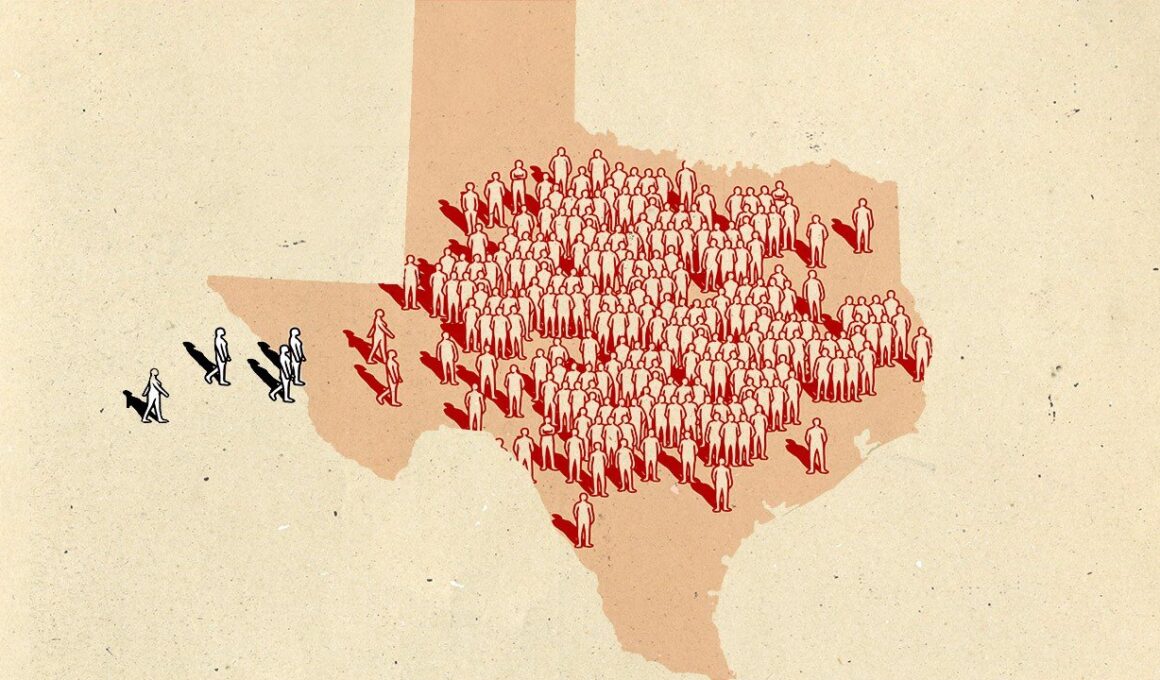Texas continues to draw large numbers of new residents, and they aren’t coming just from California.
Newly released one-way trip data from U-Haul shows that, in the first half of 2024, the largest Texas cities drew new residents from throughout the region.
In Houston, for example, Louisiana was the top origin state for U-Haul movers, with New Orleans also ranking as the No. 1 out-of-state origin metro for the period.
In the Dallas-Fort Worth metropolitan area, Oklahoma, Florida, and Louisiana were the top three origin states for movers. Oklahoma City was the top out-of-state origin metro, followed by Denver.
In both San Antonio and Austin, the most common origin state was California, a testament that the “Texafornia” trend continues, with thousands of Californians relocating to the Lone Star State.
But in San Antonio, Phoenix was the top out-of-state origin metro. Los Angeles took the top spot in Austin, which remains a popular moving destination for Californians.
There are limitations to the U-Haul list, which shows only rankings, not raw numbers of movers. As well, the rankings don’t include all movers—just those who rented a U-Haul. Still, the list shows how Texas continues to draw new residents from a variety of cities.
Movers are fueling Texas population growth
Texas, which is the second-largest U.S. state with a population of about 30 million, has been growing rapidly for decades.
From 2000 to 2020, the state’s population increased by 40%, or about 8.3 million, the largest absolute population increase of any state over that period, according to census data. Only Nevada, Utah, and Idaho grew faster on a percentage basis during the same period.
Over those two decades, about half of Texas’ population gain resulted from natural increase, or births outpacing deaths. Roughly a third came from net domestic migration, or more people moving in from another state than out. The remainder was from net international migration.
Starting in 2020, the COVID-19 pandemic appears to have turbocharged domestic migration to Texas, which has outpaced natural increase as the state’s top driver of population growth, according to the Texas Demographic Center.
Census data shows that from July 2020 to July 2023, nine of the 10 fastest-growing cities in the country were in Texas. The Texas cities in the top 10 were all suburban communities on the outskirts of major metro areas, their growth fueled by outward sprawl.
Typical was Celina, on the far northern edge of the Dallas metro area. From 2020 to 2023, Celina’s population increased by 143%, to 43,317, up from 17,808 three years prior.
Why are people moving to Texas?
Economic growth, lower tax burdens, and a lower cost of living in Texas are typically cited as the main factors driving the state’s population growth.
Relative home prices often provide some clues about why people are moving, and from where.
In San Antonio, for instance, the median July list price of $350,000, or $185 per square foot, is far below the $528,000, or $275 per square foot, seen in Phoenix, the top out-of-state origin city for San Antonio in the first half of this year.
Meanwhile, Houston’s median list price of $375,000 is somewhat higher than the $329,000 seen in top origin city New Orleans.
But Houston’s price per square foot of $177 comes in below the $179 in New Orleans, suggesting that a mover could sell in the Big Easy and get more house for their buck in Houston.
That trend doesn’t always hold—Oklahoma City, the top U-Haul origin city for Dallas-Fort Worth, has significantly lower home prices than its Texas counterpart.
However, it does help explain the enduring popularity of Austin, the most expensive major city in Texas, as a destination for people fleeing California.
Austin’s median July list price of $540,000 is eye-watering compared with prices in the other major metros of Texas.
But for someone moving from Los Angeles, Austin home prices would seem a bargain compared with that city’s $1.2 million median list price.







